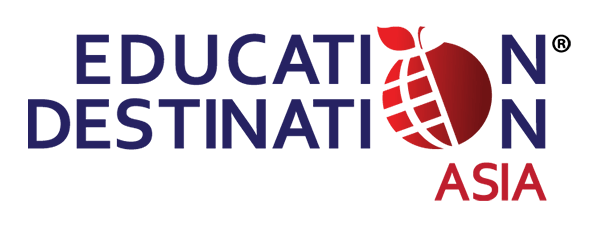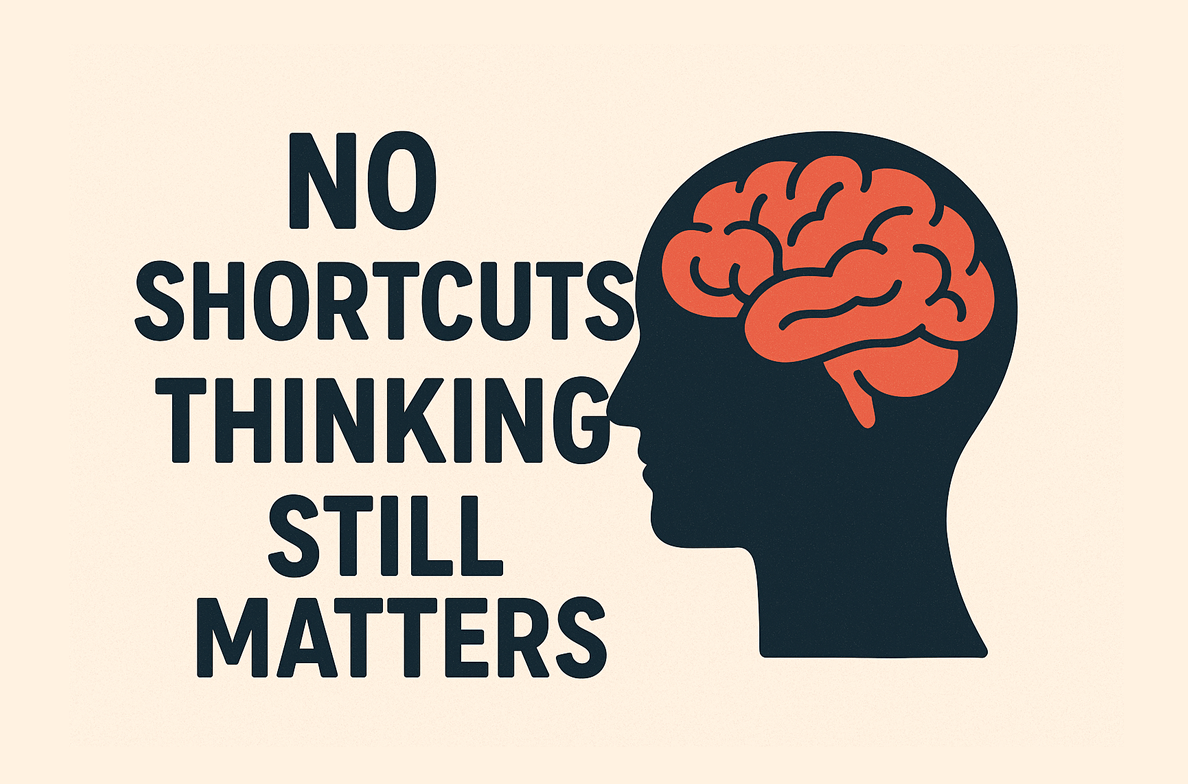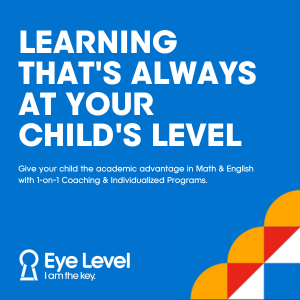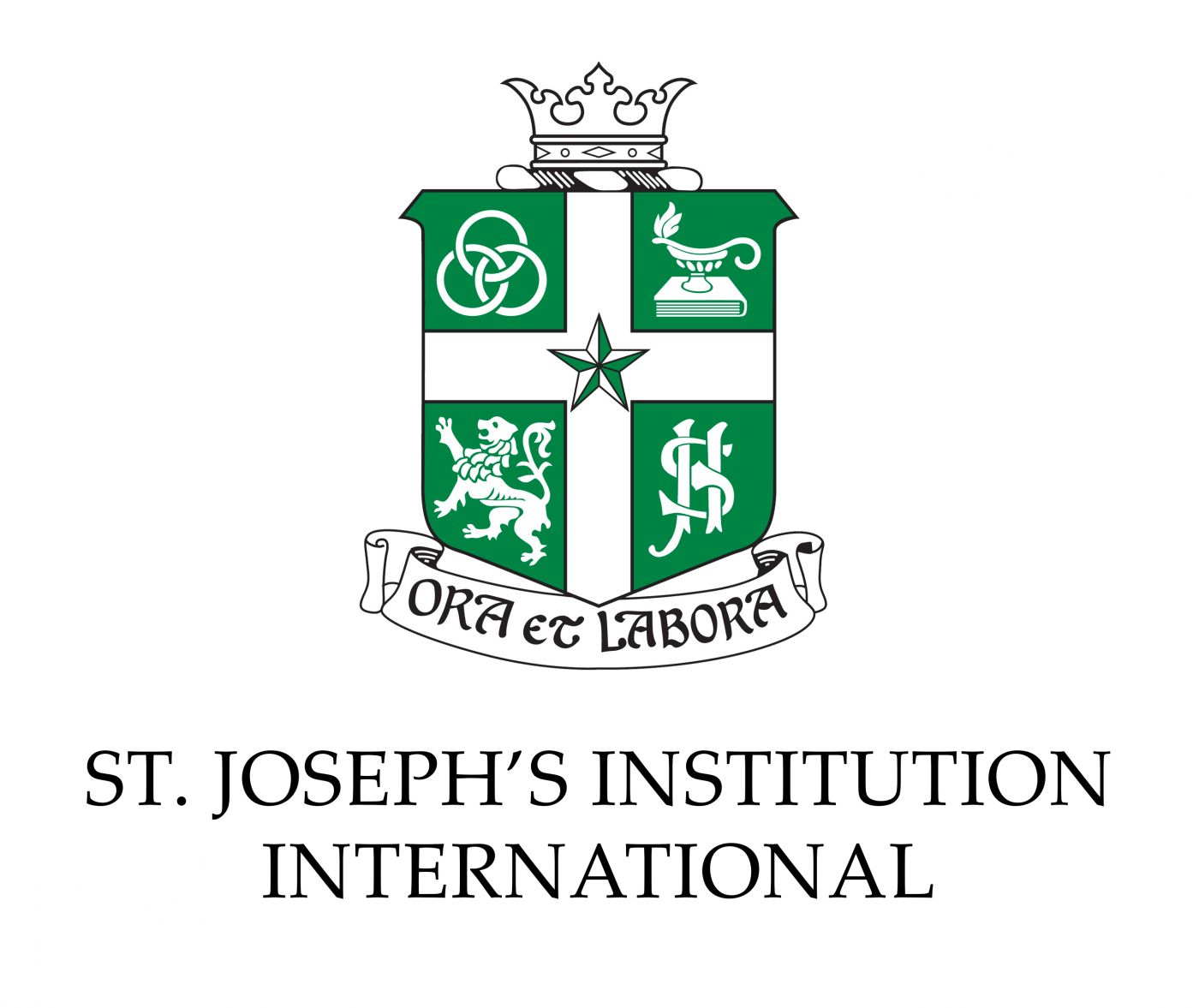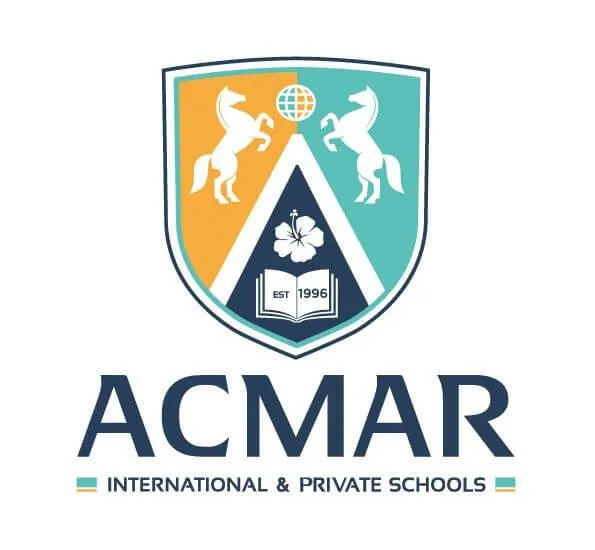In Canada, the Ontario Curriculum is commonly used as it is designed to help every student reach their full potential through a programme of learning that is coherent, relevant, and age-appropriate. It recognises that today and in the future, students need to be critically literate in order to synthesise information, make informed decisions, communicate effectively, and thrive in an ever-changing global community. It is important that students be connected to the curriculum, that they see themselves in what is taught, how it is taught, and how it applies to the world at large. The curriculum recognises that the needs of learners are diverse and help all learners develop the knowledge, skills, and perspectives they need to become informed, productive, caring, responsible, and active citizens in their own communities and in the world.
What is the Ontario Curriculum?
The Ontario Curriculum, which is also known as the Canadian Curriculum, starts off at Kindergarten which will last about two years. After Kindergarten, students will enter into Elementary Schools from Grade 1 to Grade 8. From Grade 1 to Grade 6, literacy, numeracy and learning skills are well built. Afterwards, Grades 7 & 8 will prepare students for High School through active class participation and building a foundation in core subjects which are Mathematics, English, Arts and Social Studies. At High School, students accomplish their knowledge in many subjects and learn lifelong skills.
What subjects are covered?
Ontario has formed curriculum frameworks, resources, and achievements standards in subjects at both elementary and secondary level. The curriculum is revised cyclically in consultation with curriculum developers, parents, teachers, and other interested parties; a full revision cycle takes about nine years, with different components of the curriculum updated every year. The Ontario Ministry of Education provides sample activities and rubrics for instruction that matches the curriculum by grade level and by subject, to enable teachers to incorporate activities and assessments in the instruction that are directly aligned with the curriculum objectives.
The Ontario Curriculum for elementary students has specific curriculum documents for the following areas such as the Arts, French as a second language, Health and Physical Education, Kindergarten Program, Language, Mathematics, Native Languages, Science and Technology, and Social Studies. As for secondary students, designated curriculum documents for the following areas such as the Arts, Business Studies, Canadian and World Studies, Classical Studies and International Languages, Computer Sciences, English, French, Guidance and Career Education, Health and Physical Education, Interdisciplinary Studies, Mathematics, Native Studies, Science, Social Sciences and Humanities, and Technological Education.
Structure & Format
The curriculum begins with two years of Kindergarten, eight years of elementary and four years of High School.
Kindergarten — The two-year Ontario Kindergarten programme is an exciting research-based and leading-edge curriculum for both children and parents. It is designed to provide children with a foundation to start Grade 1 with an engaging, inquiry and play-based learning programme.
Elementary School (Grade 1 to 8) — From Grade 1 to 6, the programme focuses on building a base that will help to identify each of the student’s potential. The programme balances academic rigour with a strong emphasis on literacy, numeracy, and learning skills which serve as a foundation for all other academic achievements and lifelong success. Students will also discover more about themselves and begin to build their self-identity as learners. At Grade 7 and 8, the programme then focuses on preparing students for a smooth transition from Elementary to High School. Students are then being exposed to fun and fruitful learning experiences through a student-centred approach. Moreover, they are also expected to participate actively in class and to explore issues and ideas with growing confidence.
High School (Grades 9 to 12) — The Grades 9 to 12 programme is designed to educate the students as a whole by equipping them with 21st Century Learning Skills. There is increased academic rigour in Grade 9 and 10 to build a strong academic foundation in diverse subjects. Grades 11 and 12 are more specialised and prepare students for university education with in-depth coverage of concepts in all disciplines. The emphasis is on projects, assignments, field trips, and independent and group work. Students develop analytical skills, communication skills, organisational skills and research skills in the process.
Students of the Ontario Curriculum will undergo assessments where their final grades are made up of 70% coursework and 30% examinations. Assessment for learning is also carried out daily by teachers as they will provide feedback to the students. Afterwards, Assessment as learning happens when students are moulded into becoming an independent learner. Furthermore, Assessment of learning is the traditional evaluation of a student’s final mark in his report card. The aim of ongoing assessment and evaluation is to further improve the student’s learning and discover their full academic potential.
What is the aim of the curriculum?
The core values of the curriculum consist of six ‘Cs’. Character education builds traits like honesty, responsibility and self-confidence. Citizenship creates students with global knowledge and sensitivity to other cultures. Students are also taught how to improve their communication skills in writing, listening and speaking. They also learn how to be Critical thinking and Problem-solving individuals through decision-making and project management. Next, the curriculum fosters Collaboration between students where they are able to work with others effectively. Lastly, Creativity and imagination encourage students to think outside the box and initiate new ideas.
How is it graded? Requirements for graduation?
All provinces develop their own assessments. Most have province-wide examinations in numeracy and literacy at select grade levels and then some have core-subject tests for high school graduation, In Ontario, students are assessed by the province in mathematics, reading and writing at grades 3 and 6; in mathematics at grade 9, and literacy at grade 10. A passing score on the grade 10 literacy test (the Secondary School Literacy Test) is required for graduation.
The Ontario Curriculum concludes in the Ontario Secondary School Diploma (OSSD) at the end of High School. In order for students to graduate, 30 credits are required and they must pass the Ontario Secondary School Literacy Test (OSSLT). Students are allowed to complete four credits subjects each semester. Other than exams, students carry out projects, assignments and independent as well as group work. Besides that, students need to fulfil a minimum of 40 hours of community service to be granted the OSSD.
Benefits/Advantages of the Canadian curriculum?
Other than academic excellence, the Ontario Curriculum aims to equip students with 21st century skills so that they will be able to tackle the challenges of a world that is rapidly changing. These skills include analytical thinking, organisational and research skills and adaptability. The curriculum also aims to shape students into global citizens who may find success in university and the workplace wherever they are in the world.





